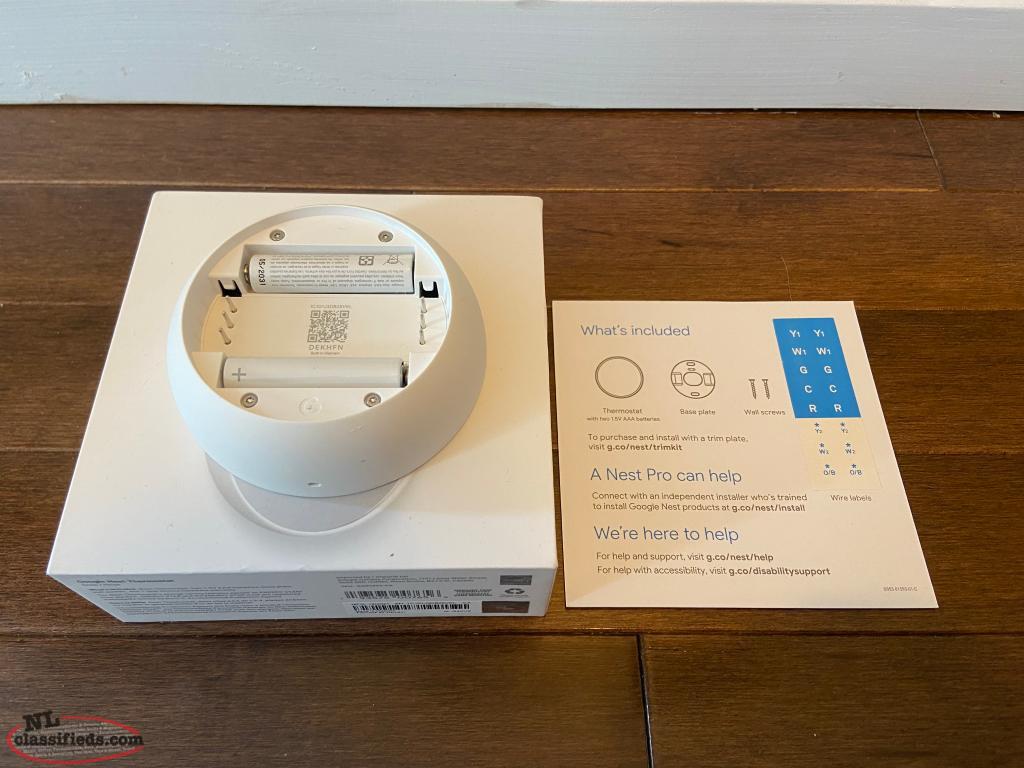

It’s an approach heralded by San Francisco Calif.-based Airtable, which recently attracted $185 million in Series D funding Microsoft has launched a similar service to Office 365 customers with Lists.Īs with those apps, Google Tables lets users automate repetitive manual tasks, such as collating data or pasting information into another document, in an intuitive spreadsheet interface. This could mean anything from a tailored timesheet forms to a support ticket queue or even serve as a lightweight CRM. This becomes really useful if you want to see JUST the “RSVP Maybes” or just the people who haven’t been called.Google has unveiled its take on the market for highly customizable work-tracking apps with the beta launch of Tables.Ĭreated in Google’s Area 120 project incubator, Tables combines spreadsheet and database functionality with a “no-code” approach that lets users create simple apps to meet individual needs. You can select from pre-defined alternating color pallets or design your own.įrom this point forward, as you add additional data to your rows or columns, Google Sheets will automatically incorporate your data into the alternating color theme.Īlso, you can use those handy striped triangles in your column header to select, sort and filter down your data so that you can see just the important segments at any given time. Google Sheets will open an Alternating Colors dialogue box in the side bar. You should always select the Filter button after you have given your columns names (like Name, Called, and RSVP?įinally, select your data one more time and click the Format menu in your tool bar. The Column Labels and Row Labels (A, B, C, 1, 2, 3, etc) will highlight green and little triangles will appear in your Column Names. If your screen is not maximized, you may need to click a small triangle button to see more options. After you select your cells, Google Sheets will display a green border around the data.Īfter selecting the data, click the the Filter button (funnel icon) in your toolbar. Select the data that belong in your Table (in this case, my sample Phonebanking data). Here are two very simple steps that give you a lot of the same functionality, but with added Google benefits, like being free, cloud based, and shareable with multiple collaborators. Unfortunately, Sheets doesn’t have a “one stop shop” for Tables. Alternatively, there’s a Format as Table button in the standard toolbar.

All you have to do is select the data that belong in your table, and then click “CTRL + T” (Windows) or “Apple + T” (Mac).

My, my, my how the … tables have turned! So let’s dig into the Tables functionality and why they’re important for changemakers managing a spreadsheet… Okay, okay, I admit it, I used to be a staunch Excel snob who would turn up her nose at Google Sheets… so much so that I didn’t even realize that core Excel functions are now available in Google Sheets (like pivot tables! and vlookups!).



 0 kommentar(er)
0 kommentar(er)
